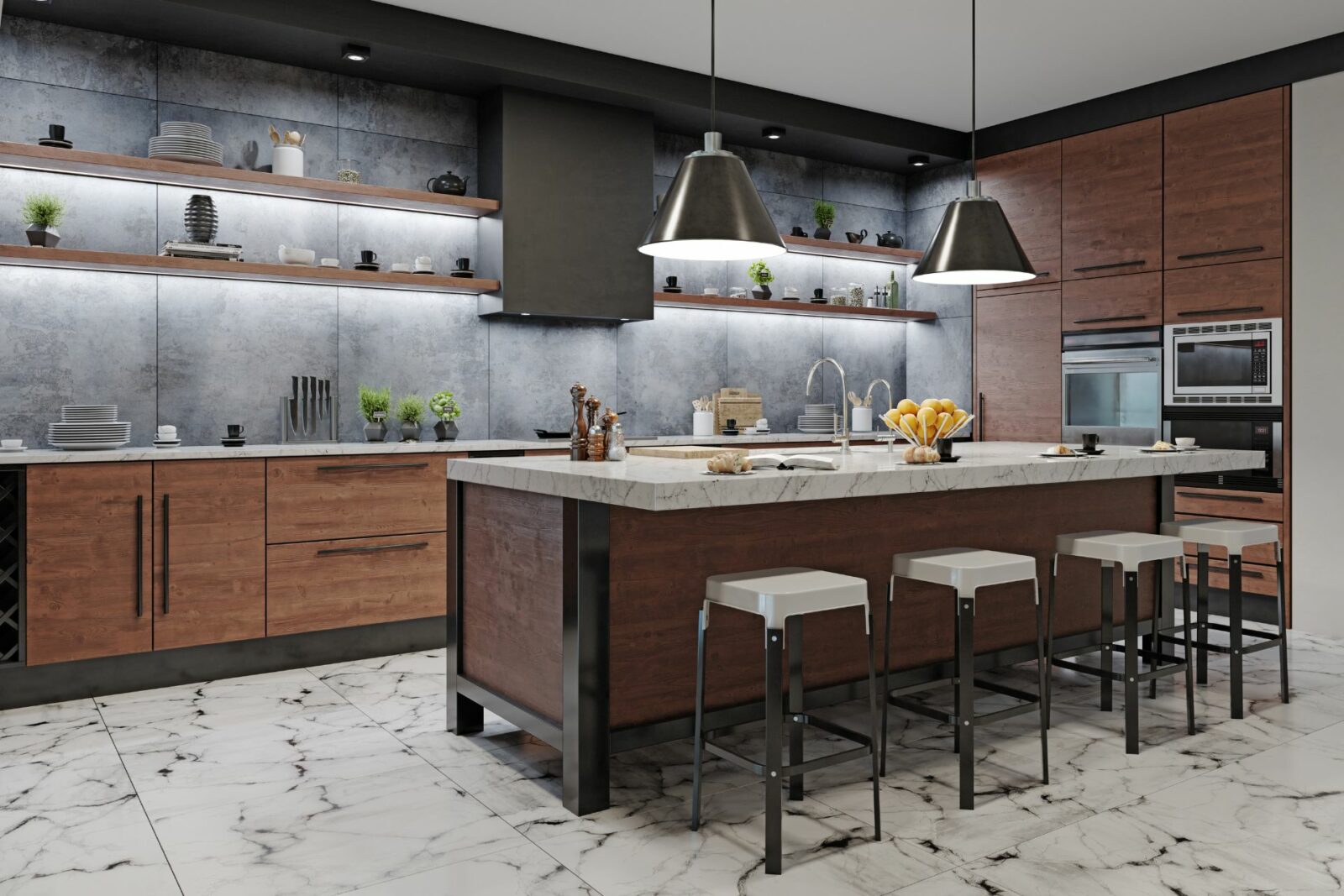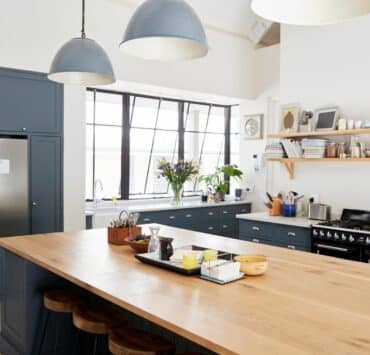Thinking about sprucing up your kitchen but worried about the costs? You’re not alone. Figuring out how to save money on kitchen remodel can be tricky, but it’s totally doable. We’re here to walk you through it, step by step. Let’s dive into some savvy strategies to keep your wallet happy in 2024!
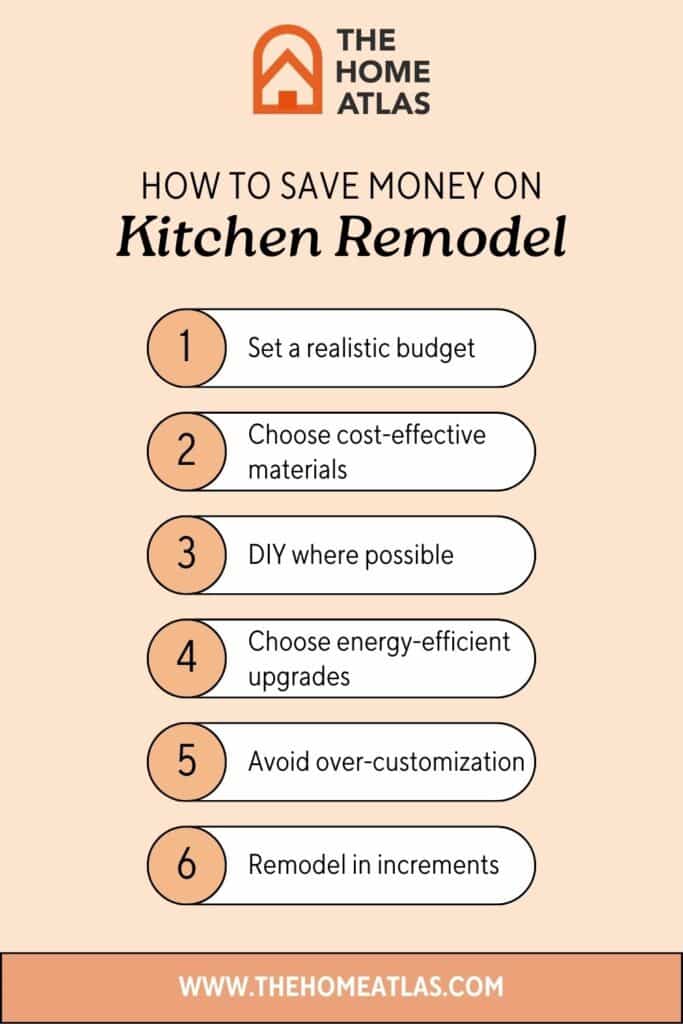
Setting a Realistic Budget
Understand Your Finances
Start by setting a realistic budget. Assess your finances to determine how much you can comfortably spend without overextending yourself.
Prioritize Needs Over Wants
Focus on essential changes. For instance, if your cabinets are in good shape, consider repainting them instead of replacing them.
Get Multiple Quotes
Don’t settle on the first quote. Shop around and compare prices from different contractors to find the best deal.
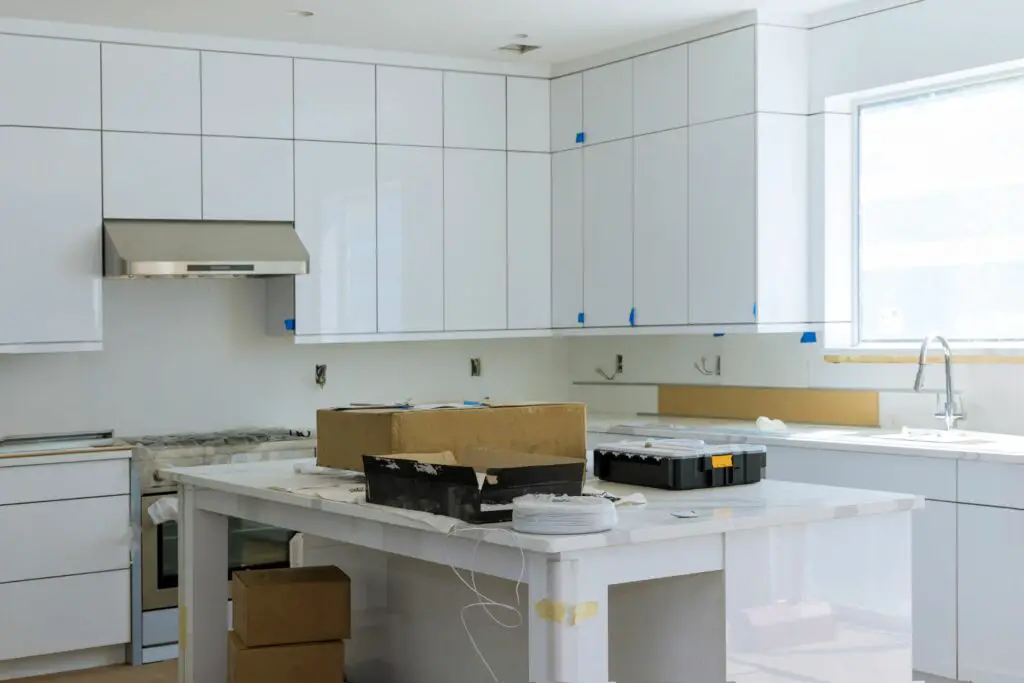
Choosing Cost-Effective Materials
Durable and Affordable
Expensive doesn’t always mean better. Materials like laminate can be both wallet-friendly and stylish.
Thinking Outside the Box
Why not try something different? Butcher block counters, for instance, can be a cool, less expensive alternative to stone.
Reuse, Repurpose, Recycle
Got something that still works? Use it! Refurbishing can slash your costs big time.
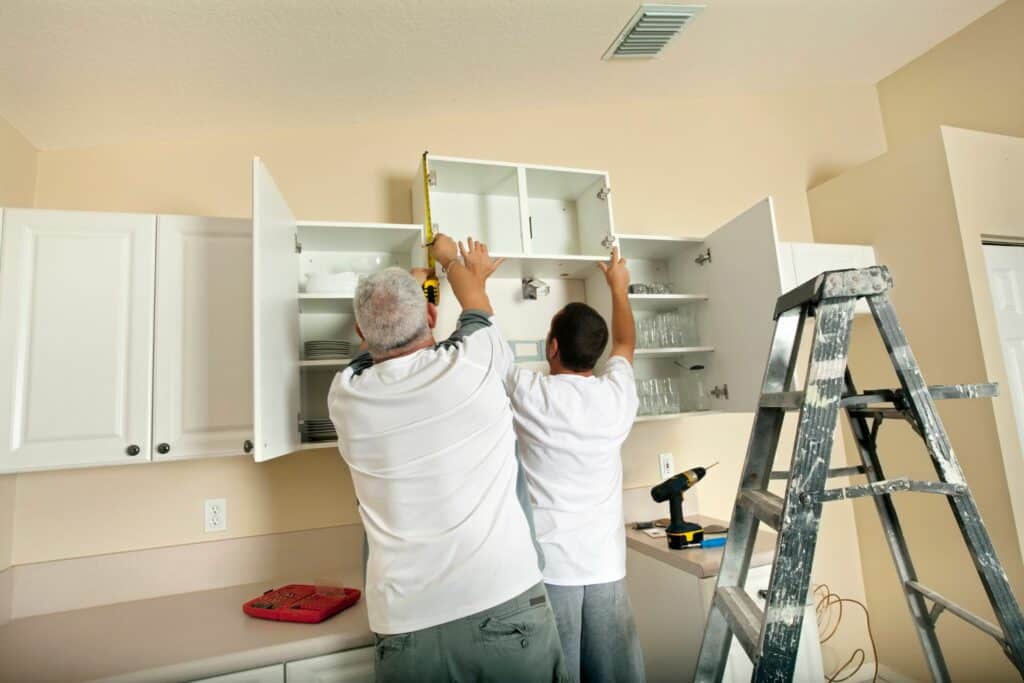
DIY Where Possible
Your Turn to Shine
If you can do it yourself, why not? Painting or tiling can be fun weekend projects. Plus, you’ll save on labor costs.
Learning is Key
YouTube and DIY blogs are your friends. There are tons of resources to help you pick up new skills.
Know Your Limits
Be realistic about your DIY skills. For complex tasks, hiring a professional is more cost-effective in the long run.
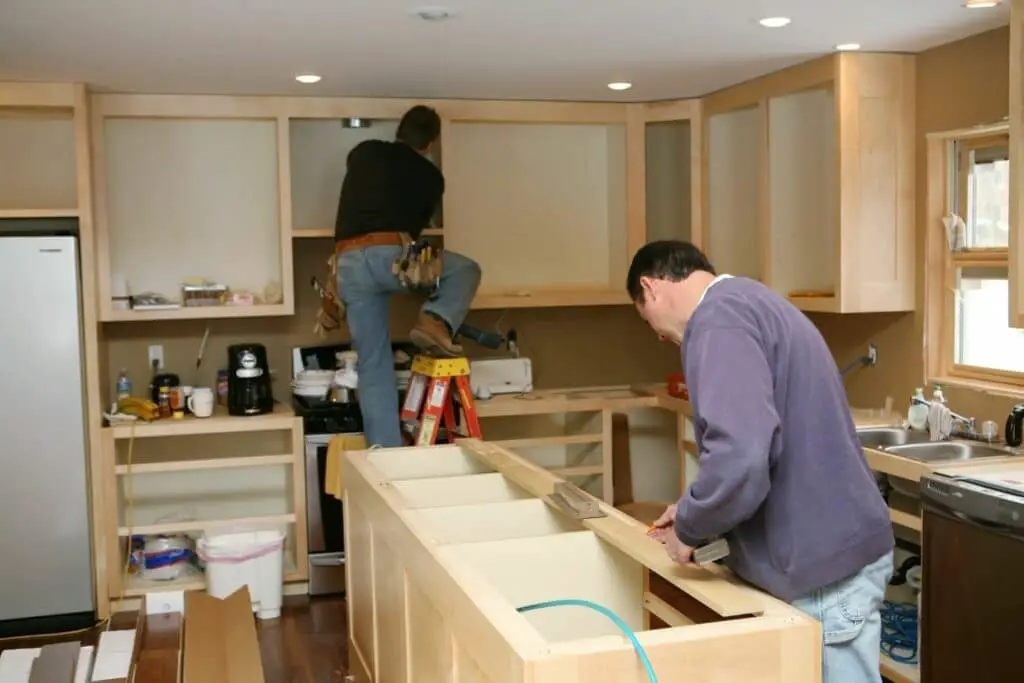
Energy-Efficient Upgrades
Smart Appliances
They might cost more upfront, but energy-efficient appliances save you money in the long run. Lower energy bills? Yes, please!
Light It Up Right
LED lights are the way to go. They’re energy savers and last ages.
Rebates and Incentives
Keep an eye out for government incentives for energy-efficient upgrades. Every little bit helps!
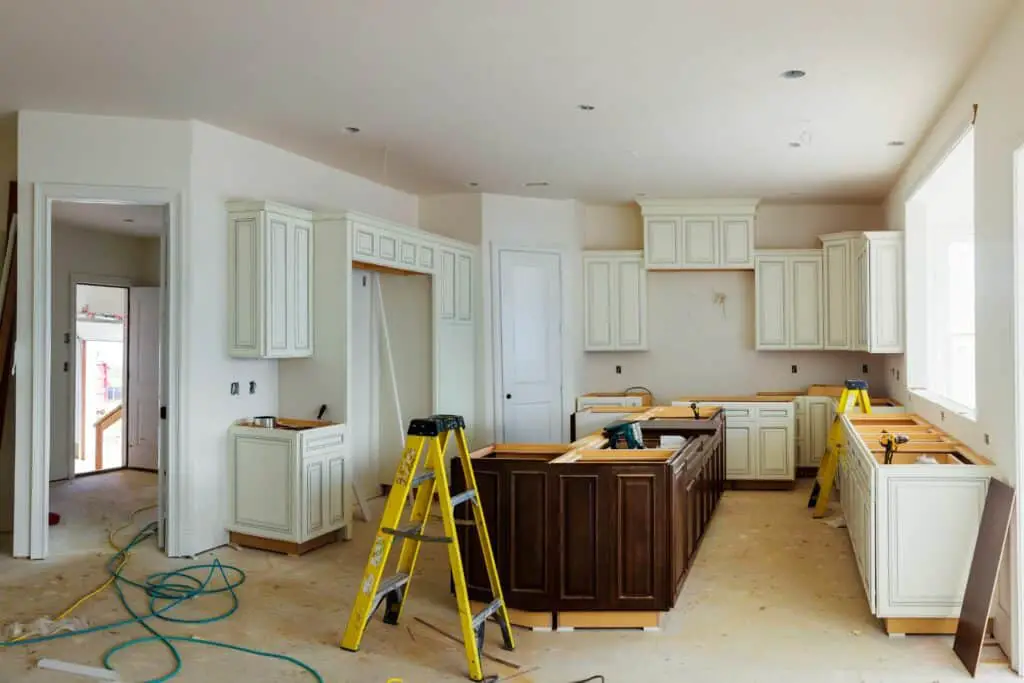
Invest in energy-efficient appliances and LED lighting for long-term savings and look out for government incentives to help offset initial costs.
Avoiding Over-Customization
Simple is the New Smart
Custom jobs cost a pretty penny. Standard designs can be just as chic and way more budget-friendly.
Classic Over Trendy
Choose a style that lasts. Today’s trend might be tomorrow’s outdated fad.

Incremental Remodeling Approach
One Step at a Time
Think of remodeling as a marathon, not a sprint. Tackling one project at a time can be easier on your wallet.
Biggest Bang for Your Buck
Start with changes that make the biggest difference. A new appliance or a fresh paint job can really transform your space.
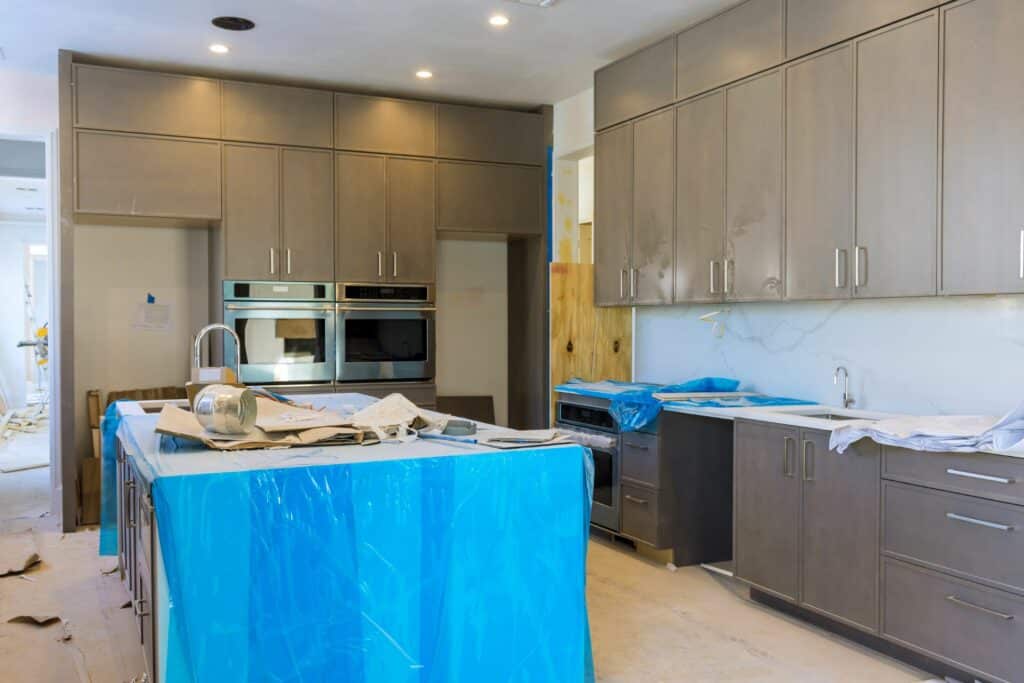
FAQ on How to Save Money on Kitchen Remodel
How do I save the most money on a kitchen remodel?
Focus on your priorities, choose budget-friendly materials, and do what you can yourself. Smart planning is key.
Is it cheaper to DIY my kitchen remodel?
For simpler tasks, yes! DIY can save you a lot on labor. But for complicated jobs, hiring a professional is worth it.
How can I remodel my kitchen on a tight budget?
Focus on small, impactful changes. Paint, new handles, and a cool backsplash can make a big difference without costing a lot.

Conclusion
Knowing how to save money on kitchen remodel involves a blend of strategic planning, smart material choices, and a bit of DIY spirit. Remember, it’s not about cutting corners; it’s about spending smart. Happy remodeling!
